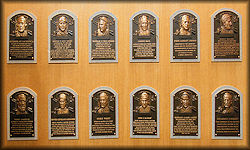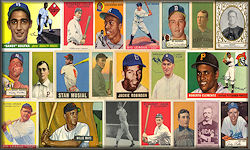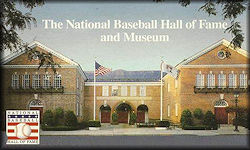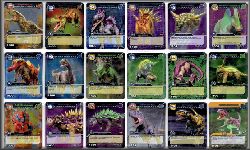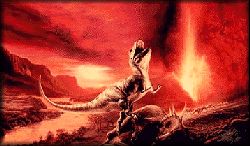While the pyramids of Egypt would hardly qualify as “barns,” they did prove the setting of what might be called the very origins of baseball’s barnstorming days.
Following the 1888 season, the well-respected businessman and former pitcher Albert Spalding led a group of 20 National League players on a “round-the-world” barnstorming sweep, hitting eight countries and returning home with just days to spare before the 1889 season. The logistics and travel burdens of such a journey were certainly challenging for the 19th century, but Spalding proved himself the man to take on the responsibility.
Spalding was 38 at the time. A native of Byron, Ill., he had helped support his widowed mother throughout his childhood, took in whatever schooling he could manage and fell in love with the game of baseball. With the birth of the National Association in 1871, Spalding joined Harry Wright’s Boston franchise, and emerged as the team’s star pitcher and team captain. Boston won the pennant each year from 1872-75.
An early dose of exhibition baseball on foreign soil no doubt planted the seeds in Spalding’s mind for his world tour of ’88-’89. The Bostons toured Canada in 1872, and then went to England in the winter of ’72-’73, playing the first baseball games ever seen by the Brits. He brought the Philadelphia team with him as opponents.
In 1876, the National Association morphed into the National League, with Spalding helping to draft the new league’s constitution. In April, now wearing a Chicago uniform, Spalding beat Louisville 4-0 in the White Stockings’ first game. He went on to record a 47-13 record in that inaugural season, but with curveball pitching becoming the order of the day – something Spalding never was able to master – his playing days were limited. By the league’s second season, his time as an active player drew to a close at age 26.
During the 1876 season, Spalding and his younger brother opened a sporting goods store at 118 Randolph Street in Chicago. A.G. Spalding & Bros. took off, with Spalding providing uniforms and baseballs for the National League – buying advertising everywhere to celebrate it – and the business thrived. The following year they added a publishing division, putting out manuals, histories and guides to baseball and many other sports. The company produced baseballs for the American and National Leagues until 1976 and remains one of the best known brands in sports equipment.
In the 1880s, while running his business, Spalding also served as president of the White Stockings, best known for his record-setting sales of King Kelly and John Clarkson. From his vantage point in the game, and sensing the great adventure it could be, he began to conceive his “round-the-world” mission during the 1888 season. But assembling his roster and financing the mission would be challenges.
“To openly ask for volunteers was out of the question, because it would be certain to result in a deluge of applications from undesirable players in the fraternity.”
So he created, in his mind, a list of “All-American” types whose “clean habits would reflect credit upon the country and the game.”
The players would get a $50 week in salary and travel all expenses paid, first class, on what he hoped would be viewed as a paid vacation. Among the players who signed up were Cap Anson, Fred Pfeffer, and Ned Williamson from Chicago, and Ned Hanlon, and John Montgomery Ward for the “All-Americans,” who would serve as Chicago’s opponents. A party of 48 set sail in mid-November following 16 games en route to the Pacific through seven states.
The group played on makeshift fields before reasonably good crowds in Hawaii, (then a kingdom onto itself), New Zealand, Australia, Ceylon, Egypt, Italy, France and finally 10 games in England/Scotland/Ireland. In Egypt, they took a photo at the Sphinx, the backdrop for their “diamond,” which has become the iconic photo of the trip.
Was it a success? Perhaps not, in that baseball did not spring up in those countries from this trip, the fans being somewhat indifferent. But was that the intent? Not really. Spalding saw it as a grand vacation, and that it was. It would be one of his great memories, as he recounted in his autobiography published in 1911.
“The welcome given our party on the return home by devotees of the game at New York was one of the great events of the remarkable tour,” he wrote.
Spalding died in 1915 and was elected to the Hall of Fame in 1939.
(National Baseball Hall of Fame) |
